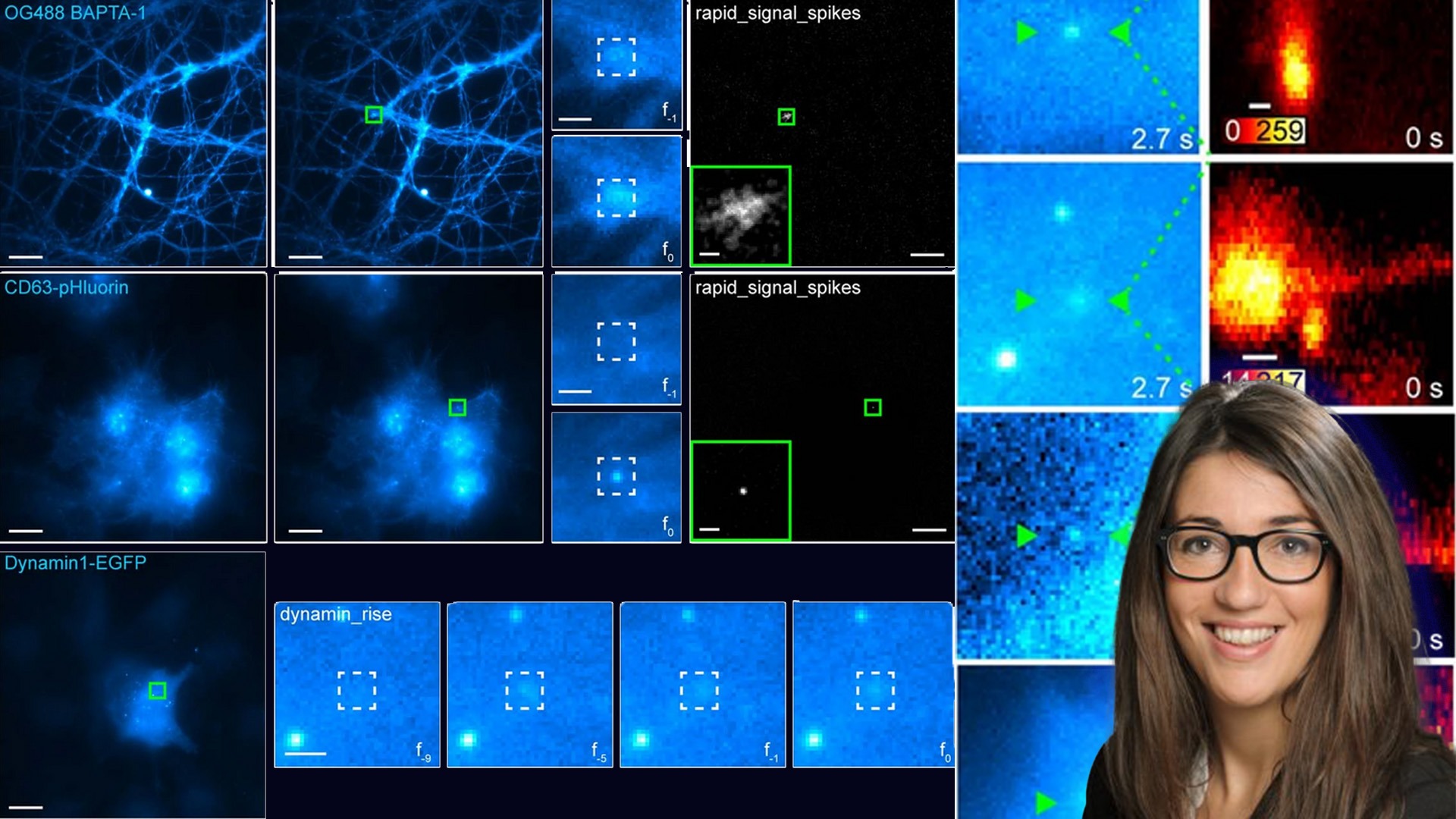Smart microscope surpasses human users
A new study, led by SciLifeLab researcher Ilaria Testa (KTH), presents advances in smart microscopy for delegating decision-making to a light microscope. The novel invention is capable of choosing when to capture a cell at high resolution or simply monitor it at low resolution. The researchers have decided to share their findings as open-source software and guidelines with the wider research community.
The KTH research group has developed a smart microscope that can detect cellular events such as changes in pH, calcium activity or protein recruitment, and automatically initiate a high-resolution recording that is both precise and fast. The study, “Event-triggered STED imaging”, is published in Nature Methods.
“We developed a new smart microscope, which can make decisions on when to start monitoring a cellular process at high resolution in real-time”, says last author Ilaria Testa.
The team built the Light Microscope from scratch, developing both the hardware and software on their own.
“We combined two microscopes into one. The first, featuring fast and gentle imaging, but with low resolution, and the second, which can zoom inside the cell and record images in real-time, at the nanoscale”, says Ilaria Testa.
Much faster than humans
For the microscope, deciding what to do and when to do it only takes a few milliseconds – making the imaging process both timely and comprehensive.
“We also measured synaptic vesicle motion during a calcium transient. Synaptic vesicles are about 50 nanometers and move very fast, so we could only capture them with the automated decision-making system. It is incredible for a Light Microscope to manage such a feat.”
For the first time ever, this new technology enables scientists to monitor cellular processes, like endocytosis and exocytosis, at high spatial resolution. Finer features, such as the gradual bending of a plasma membrane, can now be observed with unprecedented levels of spatial detail.
Freely available
“We provided open source software and guidelines so that developers can directly reproduce the technology in their lab”, says Ilaria. “It is really the first step in developing a smart system at this level of spatial resolution”.
While previous technologies have focused on automation, they have lacked the ability to delegate decision-making while providing multiscale imaging ability, especially at the temporal scale needed to capture dynamics.
The new technology may have a lasting impact on the global research community.
“Light Microscopes are the most widespread equipment in research labs and medical institutions. Turning them into smart devices is very important since 1: it relieves the workload on users who no longer have to spend hours in front of a machine, waiting for something to happen. And 2: it can track new things, since the decision-making and actuation of the task can be performed much faster than by a human, i.e. a few milliseconds compared to entire seconds”, she says.





